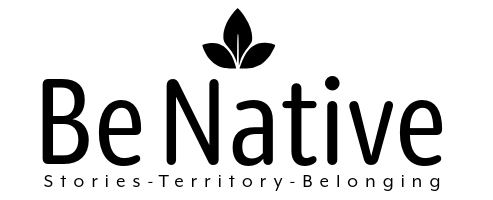Knowledge for biodiversity protection
The video emphasizes that “Native languages are an expression of connection with territory… the name of things… everything is alive.” The “connection between languages and biodiversity” is vital, as Indigenous lands hold 80% of global biodiversity.
“Indigenous languages carry the knowledge of the land… without language there is no access to the knowledge systems.” Revitalizing these languages is key to preserving both cultural and ecological wisdom.
Indigenous Languages explained
Indigenous languages once thrived in the United States and continue to represent a significant part of the nation’s linguistic diversity today. In this video, Andrina Wekontash Smith examines the history of Native American languages and the current revitalization efforts.
The secret language of trees
Fungal networks.
Trees, despite their immobility, have a complex communication network through mycorrhizal fungi, allowing them to share resources and warnings. This cooperation challenges the competition-based view of evolution. Protecting 'mother trees' is crucial for forest health, resilience against climate change, and sustainable agriculture, highlighting the importance of understanding tree networks
Trees, despite their immobility, have a complex communication network through mycorrhizal fungi, allowing them to share resources and warnings. This cooperation challenges the competition-based view of evolution. Protecting 'mother trees' is crucial for forest health, resilience against climate change, and sustainable agriculture, highlighting the importance of understanding tree networks
Deciphering the Amazon’s Most Enigmatic Language
Deep in the heart of the Amazon rainforest, the Pirahã people live in near-total isolation, speaking a language unlike any other on Earth. With no words for numbers, no fixed past or future tense, and a structure that defies conventional grammar, their language is as enigmatic as their way of life. For centuries, they have resisted outside influence, preserving a culture built on the present moment and oral tradition. Linguists and anthropologists alike are fascinated by this unique form of communication, which challenges fundamental ideas about human cognition and language itself.
We are all connected with nature
Nixiwaka Yawanawa, from the Amazon rainforest, shares the importance of nature and indigenous culture at TEDxHackney. He discusses the challenges faced by tribes, including loss of land and culture, and emphasizes the need for understanding and protection of indigenous territories. He invites people to learn about and connect with nature through indigenous perspectives.
Languages shape the way we think
Language profoundly influences thought processes, shaping perceptions of space, time, and even moral judgments. Different languages lead to distinct cognitive frameworks, affecting how individuals categorize colors, count, and remember events. The loss of linguistic diversity threatens our understanding of the human mind, highlighting the need for broader research beyond English-speaking populations.
Can languages save nature?
Up to 90% of the world’s languages could be gone by 2100. In many places, nature is also in crisis. Is their future intertwined?
History of Hand Talk
The video explores the history and near-extinction of Plains Indian Sign Language (PISL)—a once widely used Indigenous sign language that served as a lingua franca across North America. Before American Sign Language (ASL) existed, Native sign languages, collectively known as “Hand Talk,” were an essential means of communication for both deaf and hearing Indigenous people, facilitating trade, storytelling, rituals, and diplomacy between tribes.
The secrets of learning a new language
